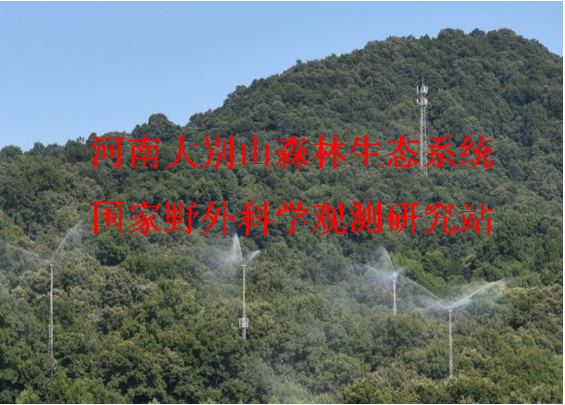Author: Song J., Y. Hui, C. Yu, Q. Zhang, Y. Zhou, Y. Li, X. Liu, L. Zhu, D. Hui, and S. Wan.
Journal: Plant and Soil
Year: 2017
Volume: 421: 319–336
Abstract
Background
Differences in cropping systems and their impacts on plant growth and carbon (C) uptake as well as soil C release pose a major challenge in projecting agroecosystem C balance.
Methods
A four-year (2012–2015) field experiment was conducted to examine crop C uptake and soil respiration in two conventional (wheat-cotton and wheat-maize) and two legume-based (wheat-soybean and alfalfa-maize) double-season cropping systems in North China Plain.
Result
During the 4 experimental years, crop C uptake was greater in the two conventional systems than the two legume-based systems. However, soil respiration was higher in the two systems with C4 (i.e. maize) than C3 crops (i.e. cotton and soybean) planted in summer. As consequences, cropland C balance was positive in the two conventional cropping systems, with greater value in the wheat-maize comparing to wheat-cotton system. However, the two legume-based cropping systems showed negative cropland C balance.
Conclusions
Our findings indicate that, although more CO2-C is emitted in maize-related cropping systems, the conventional agricultural activities may sequestrate more C in comparison with the legume-based farming in North China Plain due to higher C uptake, and highlight the importance of management strategy in improving agroecosystem C storage.
Link

